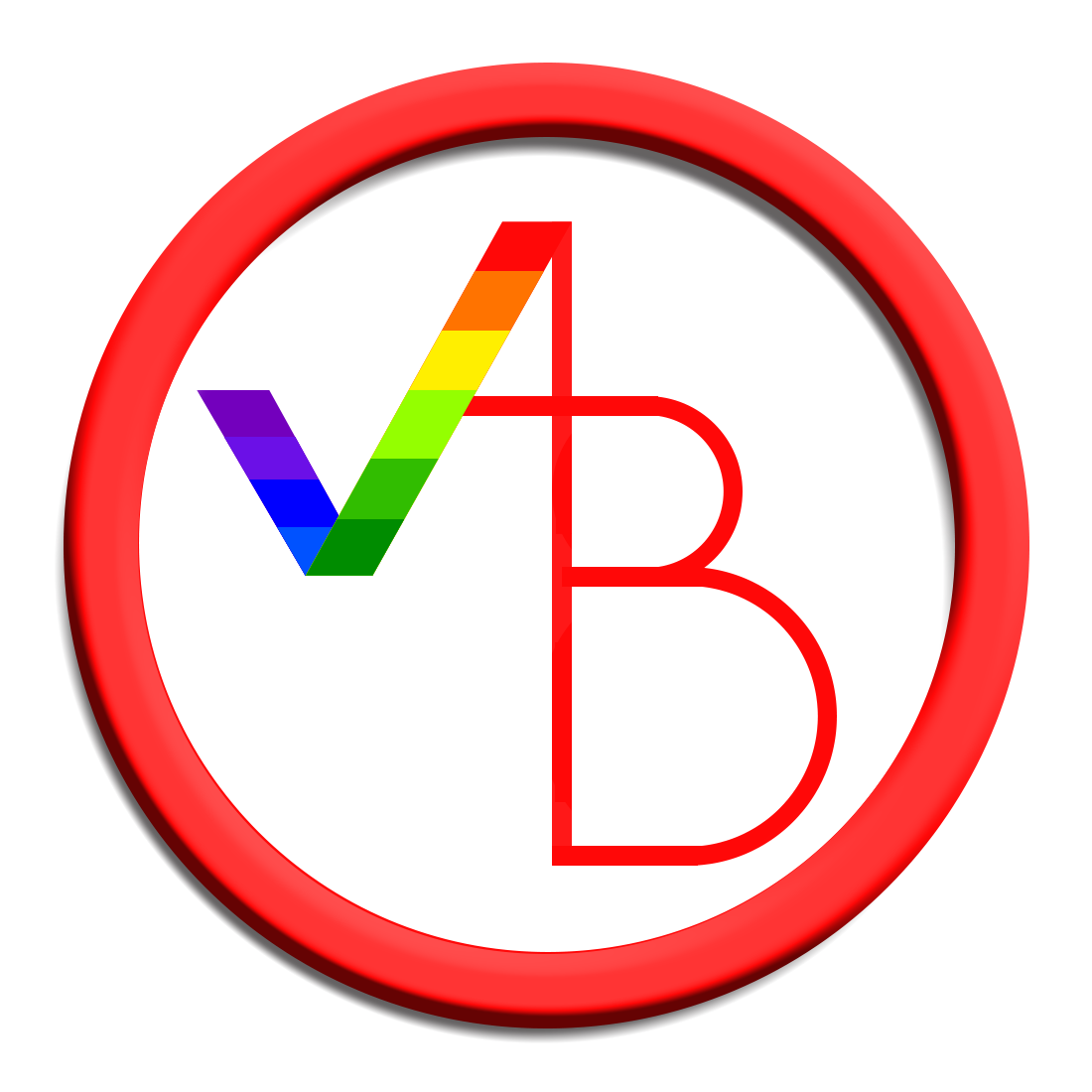AoIR 2025
Researching Cross-Platform Campaigning in the 2025 Australian Federal Election
Axel Bruns
- 18 Oct. 2025 – Paper by Axel Bruns, Samantha Vilkins, Katherine M. FitzGerald, Tariq Choucair, Daniel Angus, Caroline Gardam, Kunal Chand, Laura Vodden, Klaus Groebner, Katharina Esau, Carly Lubicz-Zaorski, and Ehsan Dehghan, presented at the 2025 Association of Internet Researchers conference, Niterói, Rio de Janeiro
Presentation Slides
Abstract
Introduction
In 2025, online campaigning for national elections—including the Australian federal election—takes place in a rapidly evolving digital environment. The online platform landscape was broadly stable for the past few federal elections (Bruns et al., 2021; Decker et al. 2024): journalists, politicians, activists, and other dedicated news followers tracked the campaign especially on Twitter, where hashtags like #ausvotes and #auspol were reliable gathering points. Public outreach to voters and occasional discussion amongst citizens took place especially on Facebook; and, more recently, video-centric platforms like TikTok required parties to come up with more visually engaging campaign content (Grantham, 2024).
For context, in addition to their ‘organic’ posting, parties, politicians, and lobby groups spent A$12.5m on advertising across these platforms in the last federal election in 2022 (Arya, 2022), sometimes mixing authorised campaign messaging with covert attack ads and disinformation (Angus et al., 2024a). The latter are usually spread by front groups that are loosely associated with official campaigns, and exploit Australia’s lack of ‘truth in political advertising’ laws (Hewson, 2025) and the lax enforcement of advertising standards by digital platforms themselves.
The 2025 environment is substantially different from this recent past: old platforms are declining, and new social media spaces are emerging. Market leader Facebook has continued its long, slow decline as its userbase ages and younger Australians opt for more interesting platforms. Twitter was acquired by Elon Musk and renamed to X, and under Musk’s leadership has turned into a cesspool of hate speech, disinformation, and fascist agitation (Hickey et al., 2025). A substantial proportion of its Australian and international userbase—including political leaders, journalists, media outlets, and academics—has moved to new platforms such as Mastodon and Bluesky (Burgess, 2024).
This epochal change in the digital platforms landscape has substantial consequences both for how politicians and parties approach online campaigning, and for the independent scrutiny of such campaigning by critical researchers, campaign watchdogs, and the Australian Electoral Commission. In some cases, access to data is restricted in Australia compared to other jurisdictions: for example, the TikTok Research Tools are available only in the U.S. and Europe (TikTok, 2025). With the exception of Bluesky, which provides full and free access to public posting activity, digital platforms have made researchers’ pathways to accessing data slow, expensive, inoperable, or simply impossible.
Tracking Electoral Campaigning in a Changed Environment
This paper confronts the challenges of researching electoral campaigning within this changed and fragmented social media environment by using the 2025 Australian federal election (to be held in April or May, at the discretion of the Prime Minister) as its case study. As past studies have shown, Australian federal elections provide a useful test case for tracking the evolution of social media campaigning, as the Australian legislative period is unusually short (nominally, three years); this has enabled longitudinal research efforts (e.g. Bruns et al., 2021). The last federal election was in May 2022, prior to major changes at Twitter and Facebook, and therefore provides a useful comparative baseline.
Accounting for the considerably more complex and unsettled social media environment within which the 2025 election takes place, we combine well-established data gathering frameworks used in past campaign studies with novel and exploratory mixed-methods approaches that expand data gathering and analysis in appropriate ways to newer platforms. Table 1 outlines our data collection approach, tools, and scope:
|
Digital Space |
Collection Approach / Tool |
Collection Scope |
|
Facebook and Instagram |
API access: Meta Content Library
|
Public pages and profiles of candidates, parties, and campaign groups:
Keyword searches:
|
|
TikTok |
Data scraping: Zeeschuimer (Peeters 2022), PykTok (Freelon, 2022) |
Profiles of candidates, parties and campaign groups
Keyword searches |
|
|
API access: Local copy of PushShift / ArcticShift Live Reddit data (via API) Keyword Search |
Election-related content in subreddits with a clear Australian focus:
|
|
YouTube |
API access: YouTube API
Data Scraping Youte, TubeR |
Videos posted by candidate and party channels, and videos shared in content gathered from other social media platforms:
|
|
Advertising Data |
Data donations: Mobile Observation of Advertising Toolkit (MOAT) (Angus et al. 2024b) |
Data from a balanced sample of Australian voters in key electorates:
|
|
News Content |
API access / scraping: Curated dataset of news content from a broad range of mainstream and fringe Australian news outlets |
Keyword searches:
|
We explicitly exclude from our analysis data from X, as it is now overrun by bots, trolls, and fascists (Hickey et al., 2025) and can no longer meaningfully contribute to campaign analysis. We also exclude non-public platforms or platform components, including activity amongst non-public Facebook profiles as well as platforms such as WhatsApp. While the observation of activities there would be desirable, there are presently no workable approaches for doing so ethically and at scale.
Data Analysis
Initial analysis of these datasets is per platform, drawing especially on the innovative practice mapping approach (Bruns et al., 2024) which identifies groups of accounts that exhibit similar patterns in their posting practices even if platform datasets do not provide distinct interaction data. This enables the detection both of clearly coordinated activities (e.g. candidates from the same party posting similar messages at the same time) and of looser alliances amongst actors with similar views and activities; further, such groupings also point to antagonisms that may indicate polarisation among groups.
Following the platform-specific analyses, we combine the discrete patterns observed on each platform to examine alignments and divergences of activities across platforms. This pays attention both to content that is explicitly shared from one platform to another (e.g. posts, news URLs, images, videos), and to broader messaging and engagement strategies that align between platforms. Doing so enables us to explore both specifically how candidates and parties prioritise some platforms as their primary posting sites over others, where material is instead simply cross-posted or reused, and how general public debate about the election evolves in similar or different directions on particular social media platforms.
The key contributions of this paper are thus threefold: first, we outline up-to-date workable methods for capturing and analysing political campaigning in a substantially diversified social media landscape; second, we present the practice mapping framework as a valuable new tool for the analysis of social media activity and engagement patterns; and third, we apply these approaches to the analysis of social media campaigning in the 2025 Australian federal election, adding to a longitudinal study of Australian elections that reaches back as far as 2007. These insights extend beyond Australia, as many democracies face similar challenges with platform fragmentation, data access, and shifting campaign strategies. Our approach offers a framework for tracking election campaigns in this evolving digital landscape, informing electoral monitoring and political strategy globally.
References
Angus, D., Obeid, A.K., Burgess, J., Parker, C., Andrejevic, M., Carah, N., & Tan, X.Y. (2024a). Enabling Online Advertising Transparency through Data Donation Methods. Computational Communication Research, 6(2). https://doi.org/10.5117/CCR2024.2.6.ANGU
Angus, D., Hayden, L., Obeid, A.K., Tan, X.Y., Carah, N., Burgess, J., ... & Bagnara, J. (2024b). Computational Methods for Improving the Observability of Platform-Based Advertising. Journal of Advertising, 53(5), 661-680. https://doi.org/10.1080/00913367.2024.2394156
Arya, P. (2022). Political Advertising on Social Media Platforms during the 2022 Federal Election. The Australia Institute. https://australiainstitute.org.au/report/political-advertising-on-social-media-platforms-during-the-2022-federal-election/
Bruns, A., Angus, D., & Graham, T. (2021). Twitter Campaigning Strategies in Australian Federal Elections 2013–2019. Social Media + Society, 7(4). https://doi.org/10.1177/20563051211063462
Bruns, A., Kasianenko, K., Padinjaredath Suresh, V., Dehghan, E., & Vodden, L. (2024). Untangling the Furball: A Practice Mapping Approach to the Analysis of Multimodal Interactions in Social Networks. arXiv: 2407.05956. http://arxiv.org/abs/2407.05956
Burgess, J. (2024, 27 Nov.). What Is Bluesky? Why Tens of Millions of People Are Heading for a ‘Decentralised’ Social Media Platform. The Conversation. https://theconversation.com/what-is-bluesky-why-tens-of-millions-of-people-are-heading-for-a-decentralised-social-media-platform-244508
Decker, H., Angus, D., Bruns, A., Dehghan, E., Matich, P., Tan, J., & Vodden, L. (2024). Topic Diversity in Social Media Campaigning: A Study of the 2022 Australian Federal Election. Politics and Governance, 12. https://doi.org/10.17645/pag.8155
Freelon, D. (2022). Dfreelon/pyktok [Python]. https://github.com/dfreelon/pyktok
Grantham, S. (2024). The Rise of TikTok Elections: The Australian Labor Party’s Use of TikTok in the 2022 Federal Election Campaigning. Communication Research and Practice, 10(2), 181–199. https://doi.org/10.1080/22041451.2024.2349451
Hewson, J. (2025, 13 Feb.). Truth in Advertising Should Be an Urgent Priority. The Saturday Paper. https://www.thesaturdaypaper.com.au/comment/topic/2025/02/13/truth-advertising-should-be-urgent-priority
Hickey, D., Fessler, D.M.T., Lerman, K., & Burghardt, K. (2025). X under Musk’s Leadership: Substantial Hate and No Reduction in Inauthentic Activity. PLOS ONE 20(2): e0313293. https://doi.org/10.1371/journal.pone.0313293
Peeters, S. (2022). Zeeschuimer (v1.0b). Zenodo. https://zenodo.org/records/7525702
TikTok. (2025). Research Tools. https://developers.tiktok.com/products/research-api/












